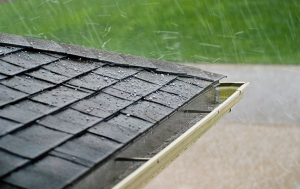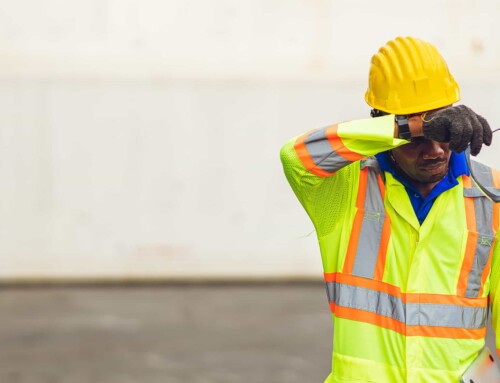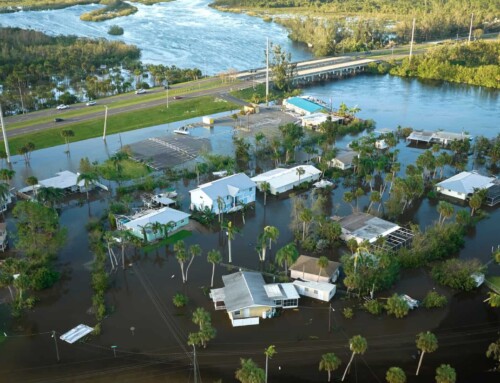Punxsutawney Phil predicted an early spring on Tuesday! This weather-predicting groundhog did not see his shadow as he emerged from his burrow in western Pennsylvania yesterday morning, thus indicating spring like conditions sooner rather than later. So what could that mean for you? Before the May flowers, spring showers can bring severe storms, including hail.
Here are our suggestions on what to look for, steps you can take should a hail storm pass and what kind of damage hail can do to your home:
What to Look For
 The first thing you should do, after a hail storm has passed, is to look for granules around your home that may have been beaten off of your asphalt roofing. If you have gutters, you will probably find a large collection of these grains by your downspout. If you do not have gutters, you will probably find them all over your driveway, patio, or sidewalk. This is the first sign that your asphalt shingles have sustained serious hail damage.
The first thing you should do, after a hail storm has passed, is to look for granules around your home that may have been beaten off of your asphalt roofing. If you have gutters, you will probably find a large collection of these grains by your downspout. If you do not have gutters, you will probably find them all over your driveway, patio, or sidewalk. This is the first sign that your asphalt shingles have sustained serious hail damage.
The second thing you should do is inspect your gutters. If your gutters contain a large amount of asphalt granules, but were previously clean, you may have experienced damage to your roof. If you find a large collection here, take some time to write down how long the storm was, the size of the hail, and which direction the wind was blowing. Take some picture of the granules you find, also.
Third, investigate the shingles themselves. Hail damaged shingles look worn—the granules have worn off and the substrate beneath those grains is starting to show through. If the substrate looks like it is sun-weathered, this indicates that the damage was caused by earlier storms or by natural loss over time. Fresh substrate, on the other hand, indicates that the damage is fresh.
Finally, be careful while investigating your roof. Hail damage can cause shingles to come loose, but it may not cause them to actually tear off of the roof. Do not climb onto your roof and start walking around on your shingles, as one loose shingle can cause you to fall and be seriously hurt. From the safety of your ladder, take pictures of the damage, where the hail has gathered and, if possible, how large it is.
What Hail Damage Looks Like
In short, hail damage will look like this:
- There will be no particular pattern to the damage.
- A large amount of granules will be stripped off of the substrate.
- The asphalt itself may be shiny.
- There will be visible holes in the asphalt pattern.
- A wooden shingle that has been chipped or dented.
- A wooden shingle that has been split.
- Cracks in vinyl siding.
- Dents in metal components.
Your asphalt shingles are not the only thing that might be damaged by a hail storm. Finding additional damage could help substantiate a hail claim. Look for damage to air conditioners or chimney caps, especially puckering in the casing. Hail damage may also manifest itself by stripping deposits or coatings off of components on your roof.
Exposure, rain, and wind damage can be mistakenly attributed to hail, but there is a big difference between what hail damage looks like and what normal wear and tear looks like. Normal exposure can make it easier for hail to damage your home, but there will be very noticeable indicators that the damage itself has been caused by a hail storm.
Normal exposure will usually be fairly even when it is observed. For example, asphalt shingles will have the same amount of granules lost and the same amount of substrate will be visible across the entire roof. On the other hand, hail damage manifests itself randomly, causing some shingles to be more damaged than others.
Should you have any questions regarding the storm or damage, we recommend you contact your insurance agent or one of our experienced claims adjusters.





